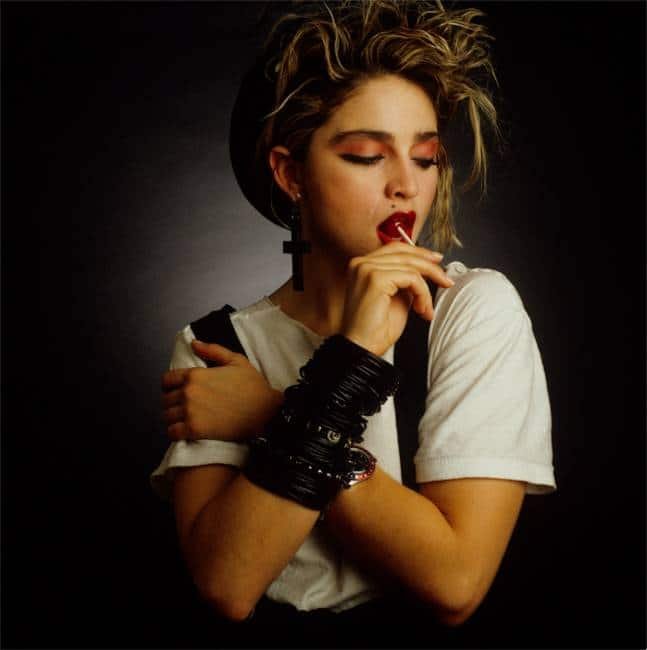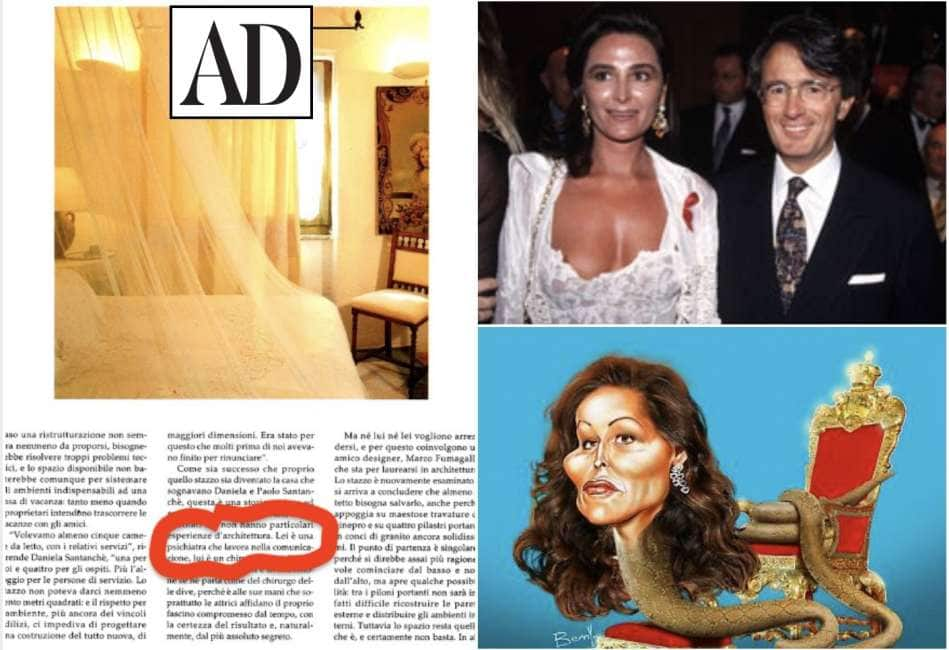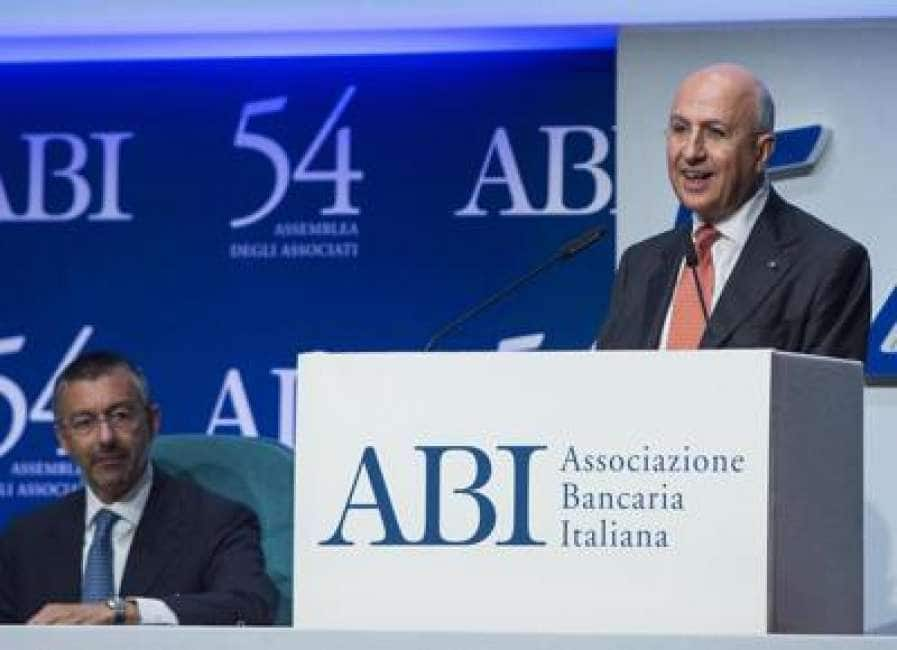In quarant'anni carriera Deborah Feingold ha rincorso e fotografato quasi tutte le pop star prima che diventassero super star. E soprattutto Madonna quando non era ancora Madonna, ma agli inzi di carriera si barcamenava facendo un po' di tutto: cameriera, ballerina, attrice e cantante.
Aveva 24 anni e reduce da un singolo di successo "Everybody" aveva firmato con la Sire Records il suo primo contratto. Era il 1982 e Deborah la cattura per la rivista "Star Hits", fotografandola per quello che era: una giovane ragazza ambiziosa con un forte senso dello stile e una forte presenza scenica.
Il giorno dello shooting, Madonna arrivò nel piccolo appartamento della Feingold, utilizzato dalla fotografa anche come studio. Il letto e il tavolo della cucina, una volta ripiegati, lasciavano infatti posto alla macchina fotografica e alle luci.
A Deborah bastò mezz’ora per prendere confidenza con la neonata popstar e concludere un servizio fotografico in cui una giovane Madonna gioca sul set con diversi elementi, che hanno dato vita a quella serie di scatti consapevoli, sensuali e determinati che per la prima volta vengono presentati in una mostra "Madonna New York 8o's", inedita per l’Italia alla galleria ONO arte contemporanea di Bologna dal 18 settembre al 31 ottobre.
 ©Deborah Feingold, Annie Lennox
©Deborah Feingold, Annie Lennox
Insieme alle immagini raccolte anche nel l catalogo Music Photographs by Deborah Feingold,( ed. Damiani) dove vengono immortalati tutti i protagonisti della New York anni Ottanta abitata da Grace Jones, Cindy Lauper i Beastie Boys, Brian Eno, Chrissie Hynde, Rem, Keith Richards, James Brown, Joey Ramone, John Lydon, Jim Jarmusch & Tom Waits, Sinead O’Connor, Cindy Lauper, David Byrne, Annie Lennox, Yoko Ono, Mary J Blidge, Bono, Billy Idol, Echo & the Bunnymen, Boy George, Mick Jagger, Elvis Costello, Brian Ferry...
Fotografati così come Deborah racconta in questa intervista a Hunger Tv
http://www.hungertv.com/feature/interview-deborah-feingold/
Mick Jagger, Madonna, Prince – there’s barely a musical icon that photographer Deborah Feingold hasn’t had in front of her camera. Since picking up a camera at the age of 12 she’s always had a fascination with capturing moments, those fleeting seconds where something magical happens and, inspired by a jazz musician boyfriend, moved to New York in the 70s not knowing where her career would take her. And as fate would have it, it took her rather far starting with a shoot with Chet Baker and culminating in a a career that saw her shooting some of the most memorable musicians of a generation in her small studio in the city.
With the imminent release of Deborah’s retrospective book, Music, we sit down with the photographer to find out which shoots were the most memorable, and why the advances in photography make it no better, or worse, just different.
WHAT INSPIRED YOU TO PICK UP YOUR FIRST CAMERA? AND WHAT WERE THE FIRST THINGS YOU SHOT WITH IT?
In the basement of my home, underneath the water pipes, and past the washing machine and dryer, my dad had set up a small dark room. When I was 12 I asked him to teach me how to develop film and how to print my own pictures. That was the start. I would photograph my best friends acting out a story we had written and then rush down stairs to develop and print.
YOU WERE DRAWN TO MUSIC THROUGH JAZZ AND MOVED TO NYC WITH YOUR JAZZ MUSICIAN BOYFRIEND, WHAT WAS IT ABOUT JAZZ?
In 1973 after graduating from college in Boston, I moved across the river to Cambridge, Massachusetts. I was living in a small apartment building and although it was not a commune, every door to every apartment was always open and we traveled in and out of each others place night and day. A group of musicians and dancers lived on the first floor and that was where I met and fell in love with jazz and a jazz musician.
What drew me to these people was their sense of inner freedom. Growing up I had been told repeatedly that I need to be practical. Told that I should get a teaching degree to fall back on after everything else failed. Not “if,” but when it all failed. These musicians were about doing what felt right to them at that moment and I had never experienced that. Listening to them jam, watching them play off of and with each other changed my life and I wanted to be a part of it. I felt that I had finally found a place where I fit in. I then moved to NYC in 1976 with my musician boyfriend. He had played his way up to the top in Boston and was ready to move on. As for me, I was following the man I loved and had no idea what was ahead of me.
WHO WAS THE FIRST MUSICIAN YOU SHOT IN NYC – WHAT DO YOU REMEMBER FROM THE SHOOT?
 ©Deborah Feingold, Cyndi Lauper
©Deborah Feingold, Cyndi Lauper
My first shoot was with the trumpet player, Chet Baker. We met at an apartment on 96th Street and the East River. I was shy and he was very, very quiet. I remember only the two of us being present. There was very little conversation except for me asking him to turn his head this way and that way. We shot in the living room and on a window sill which would haunt me years later when he died from falling out of a window.
YOUR PHOTOGRAPHY BOOK ENCAPSULATES SO MANY PERSONALITIES AND EMOTIONS, DO YOU PLAN YOUR SHOOTS IN ADVANCE, OR JUST LET THE ATMOSPHERE TAKE YOU ON THE DAY?
Yes! I am completely reliant on what I walk into to. That’s what keeps it real for me but it can also be the greatest challenge and that is how the adrenaline get kicked in.
THE BOOK’S IMAGES FEEL LIKE REAL INSIGHTS INTO THE CHARACTERS OF THE MUSICIANS – HOW DO YOU BRING OUT PERSONALITY IN YOUR WORK? AND HOW DO YOU MAKE YOUR SUBJECTS FEEL AT EASE?
As a young child, I had to learn how to read people and it’s a skill that has helped me in my work as a photographer and in my life. My enthusiasm when I work can be contagious as well as disarming. Humour helps a lot too. Plus, never forgetting that they are my “guests”, that it as my privilege to be taking their photograph, never the other way around.
WERE ANY ARTISTS A TOTAL NIGHTMARE?
 ©Deborah Feingold, Mick Jagger
©Deborah Feingold, Mick Jagger
No one was a complete nightmare but sometimes the more difficult shoots had the best results. One thing I learned early on was to be adaptable. If someone was behaving like an ass, I would adjust my behaviour accordingly. I learned that from jazz musicians, anything can change at any time and you play it as you go. In the early part of my career, I would see the musicians at different clubs and venues and we’d hang out. It was a special time for me.
YOU FAMOUSLY USED YOUR SMALL APARTMENT WITH FOLDED UP FURNITURE AS A MAKE SHIFT STUDIO – WAS THERE SOMETHING ABOUT THIS SMALL SPACE IN CONTRAST TO BIG PERSONALITIES THAT CREATED SUCH AN IMPRESSIVE ENERGY IN YOUR WORK?
There was no place to hide, literally! There were no distractions, you had to acknowledge each other and it is easy for me to help make people feel comfortable quickly. After that we would just get down to work and play. Still, I prefer a small space to work in and if I don’t have one, I create one.
YOUR DISTINCTIVE IMAGES CAPTURE INTENSE MOMENTS AND YOU’VE SAID THAT A LOT WERE SHOT OFF THE CUFF, LIKE THE BOOK’S COVER IMAGE OF MICK JAGGER. DO YOU FEEL THAT THE US OF DIGITAL AND ITS ABILITY TO SHOOT HUNDREDS OF IMAGES VERY QUICKLY HAS TAKEN AWAY FROM THE MAGIC OF TIMING A FILM SHOT SO PERFECTLY?
 ©Deborah Feingold, Beastie Boys
©Deborah Feingold, Beastie Boys
Interesting question. Back in the day, when we all shot film, our cameras allowed you to shoot almost as quickly as you can today. Film and processing was expensive so economics required you to be thoughtful about what and how much you shot. With that expense gone, and for people who have only shot digital, it would make sense that they feel free to shoot as much and as quickly as they like. We had to get it right, every shot, because there were no second chances. There was no post production. Our complete attention had to be focused on every frame we shot. Now you don’t. Is this better, worse or just different? I think it still comes down to who is pressing the shutter.
BEFORE MOVING TO NEW YORK FROM BOSTON YOU RAN CREATIVE PHOTOGRAPHY WORKSHOPS IN PRISON – USING PHOTOGRAPHY AS A MEDIUM FOR PRISONERS TO EXPRESS THEIR CREATIVITY. DO YOU FEEL THAT THE BIRTH OF THE CAMERA PHONE AND APPS SUCH AS INSTAGRAM HAVE GIVEN US ALL THE POSSIBILITY OF EXPRESSING OURSELVES CREATIVELY, OR DOES IT DILUTE THE ART?
Another provocative question! Yes, it is exciting. But I cannot deny that I don’t miss the private club feeling that I used to have as a photographer. I miss all of the technical skills that took so long to learn and master that are now obsolete. I miss shooting film and the nerve wracking wait while it was being developed and the joy (or sometimes horror!) of looking at your pictures after you had completed the shoot. But, I like using my iPhone camera and it has reawakened a spontaneity and sense of adventure to my street shooting. As for diluting the art of photography, I think that is an entire interview in and of itself, as they say.
HOW DOES IT FEEL TO LOOK BACK ON YOUR TIME PHOTOGRAPHING MUSICIANS WHEN YOU LEAF THROUGH THE BOOK’S PAGES? WHICH ARE THE STANDOUT SHOOTS FOR YOU?
 ©Deborah Feingold, Grace Jones
©Deborah Feingold, Grace Jones
I am proud of myself, but, also equally grateful to all of the photographers whose work has inspired me. I am indebted to each person who gave me a part of themselves and their time on that particular day and helped me to create these images. I am thankful to all of them, including the one in the leather vest who walked out in the middle of my shoot after knocking down all of my lights. All of them taught me valuable lessons. Standouts, in no particular order: Brian Eno, Mick Jagger, Tom Verlaine, Sinead O’Connor, Yoko Ono, Prince, Madonna and Keith Richards.

















